I think my boat is possessed. There’s this evil spirit that grabs you as you come up the companionway first thing in the morning and throws you into a seat. And you just get stuck there all day looking at dolphins or people watching all the boaters at the boat ramp. I thought at first it was just me being lazy but it happened to guests I had over to the boat this weekend, so it must be evil spirits. I’ll have to look into an exorcism.
Solving The Sailboat Electrical Mess
So since I was stuck in the cockpit and only getting a few minor things accomplished I figured that I would sit down and re-design my electrical system, as it’s just an electrical mess. I’m not a fan of where the previous owner put the house bank of batteries (he converted part of one of the sleeping areas into a battery box) and there are just a lot of things I would do differently for ease of working on the system and efficiency.
The first thing I did was to perform a survey on what is currently “supposed” to be hooked up on the boat room by room (luckily the room by room part is easy J ).
The V-Berth Electrical Needs
This is basically a sleeping room with limited electrical needs. I’m going to install a new fan and convert the two reading lights to LED for efficiency. I’ll add a couple USB charging points in here as well. There is an 110v plug outlet in this area as well. As this will be my guest room, it won’t count against my daily Amp Hour usage (more about that later).
The Salon Electrical Needs
I broke this down into 3 areas (makes it feel like a real house when I describe it this way). The starboard (or right-hand side as you face forward) is the living room. This is a simple couch area with some minor storage (well ok the liquor cabinet is not minor but it doesn’t take up much space). I’ll place a new larger fan along this wall and the LED reading lights.
On the other side (labeled port in the boat world) is the dining room. I had to buy a boat to finally get a real sit down dinner table… I will be putting in a LED overhead light, this will be in two colors. White light for most of the time but you’ll also be able to switch it on as a red light, so you don’t lose your night vision while sailing at night. Has the added benefit of feeling like you’re in the movie “Red October”. Also adding a fan into this corner as well. I’m greatly increasing the air circulation inside the boat to help with humidity and the Florida summers.
The galley will also have an overhead light and additional fan. The refrigerator and water pump for the entire boat are located in this area. The watermaker will be located on the back wall to the galley in the engine room, but I won’t put that in until it’s closer to “Leave time” as the technology is still growing fast. Total expected daily usage for the salon area will be approximately 75 AH.
The Navigation Station Electrical Needs
This small area just off the galley contains the navigation station. This desk-like structure will house the VHF radio, entertainment radio, and all the navigation displays. It will also have all the electrical panels for both the 12v and 110v electrical systems. It’s the brain of the ship. I’m going with the complete suite of B & G navigation tools. The chartplotter (which is really a Multi Function Display, which shows all the sensor outputs such as wind speed, direction, GPS, charts, water temperature and allows you to plot routes) will be mounted on the wall above the desk. This will also tie in with the sensors at the top of the mast (radar, wind speed/direction etc). A small red/white light mounted on a movable “snake” will be here as well. With the B&G system, I will mount a wireless device which will allow you to control the system from anywhere on the boat by using your tablet. This includes the autopilot. You’ll also have the ability to see all your sensor data on the tablet. At anchor, the navigation station will only run 1 AH at the most, while underway due to the radar it will be an additional 20 – 30 AH per day (24 hour period).
The Helm
The driver’s seat will have simple electrical requirements. I’ll redo my existing steering column to only have 2 displays (speed and depth) but much smaller than the analog displays that are there now. I’ll also include a couple of USB charging points. You’ll be able to use your tablet with the USB charging point to navigate from this station. Due to weather and threat of theft, I figure it’s best to keep the B & G MFD display built-in down below and just an easily replaceable tablet in the cockpit. This might run 1 AH tops.
That’s all of the electrical systems on the boat. I’ll be removing the 110v electrical water heater, and there is one other “box” that I’m not sure what it does. Other than that the 110v system is 3 outlets and the charging system that keeps my batteries topped off when I’m at the dock.
This totals out to 110 – 125 AH usage per day. This is on the low side so I will build the system a little more robust so I can add some creature comforts down the road if I want. I’ll be adding a large arch over the stern of the ship to support solar panels which should reproduce this steadily. I’m debating adding a wind/aqua generator system (they’re expensive but might be helpful if I wander into the higher altitudes). My current battery capacity is 660 AH on the house bank. I probably wouldn’t have built it this large myself but since the batteries are there I’ll keep it. You don’t want to drain your batteries more than 50% so this gives 330 AH of usable electricity which is almost double of what I’m planning for.
Now that I know what I’m going to do I decided to start designing the system. If you’re more experienced than me (which is easy to be since this is the first system I’ve designed) then please feel free to point out any errors I may have made.
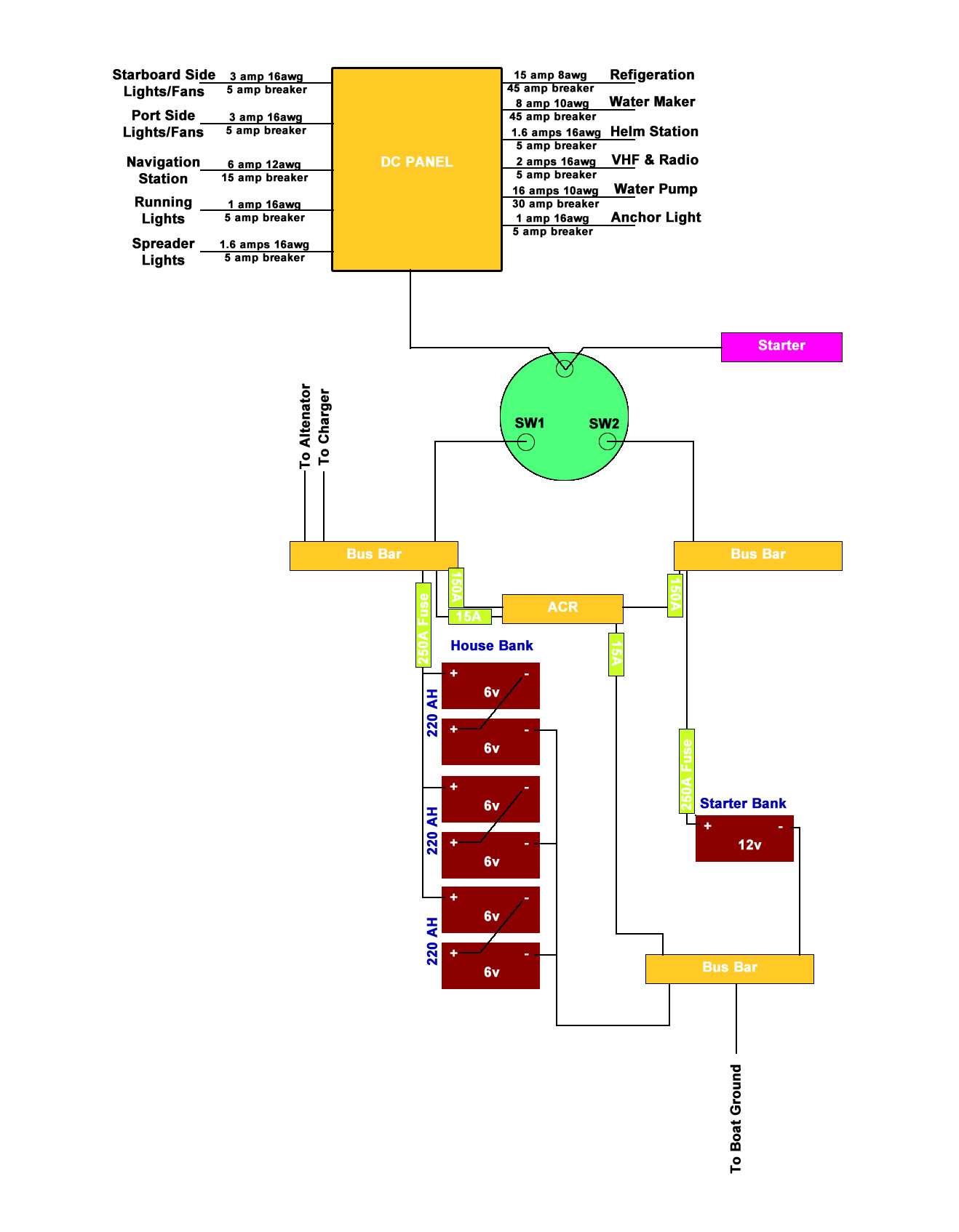
Now that I have a plan hopefully I’ll be able to dispel the Lazy Demons and get these projects done so I can go sailing.

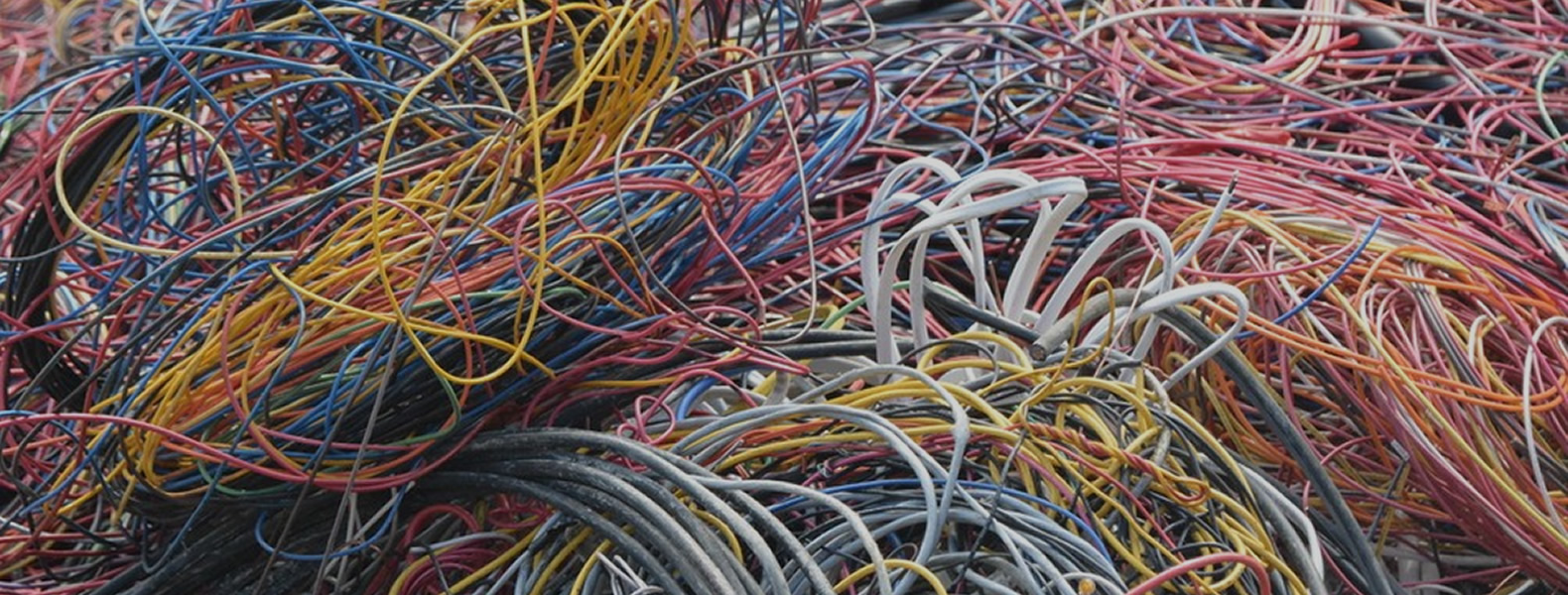
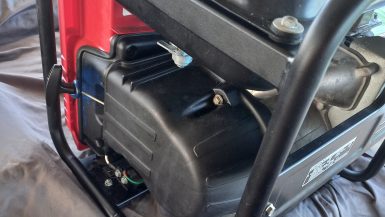
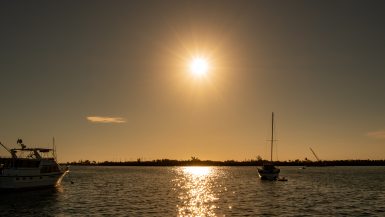
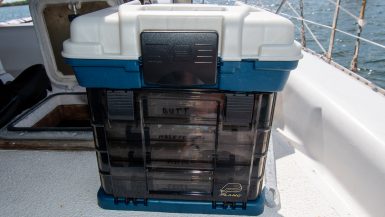
[…] off on any sailing and some of my outside projects I’ve decided to move up the rework of the internal wiring system for the sail boat Palani. Also since adding the refrigeration (I was running it with the 12v […]